Sign of the times: Nendo pairs with Panerai on horology experience
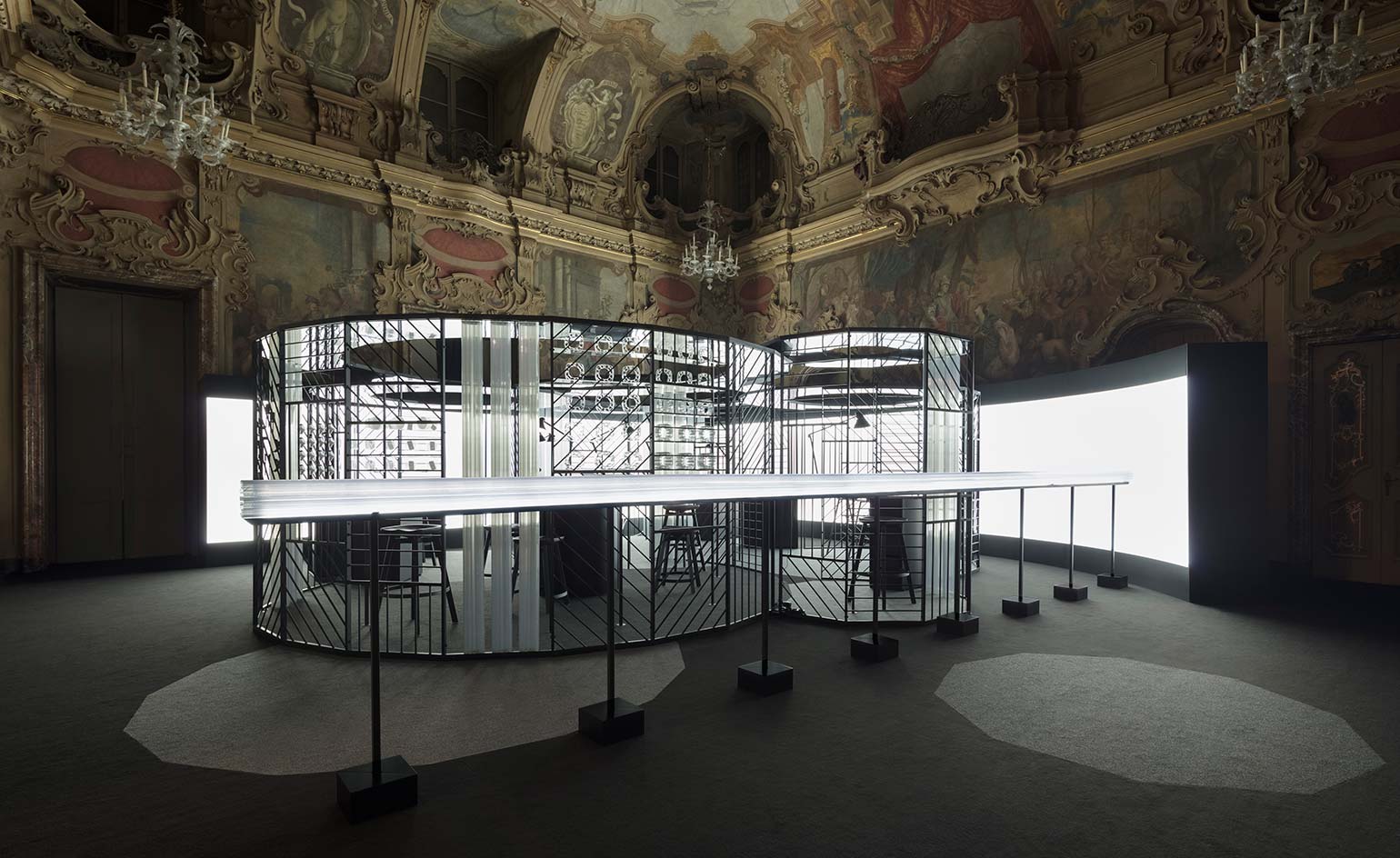
A futuristic clock-making workshop set up in the opulent surrounds of Milan’s Palazzo Visconti, made for an intriguing spectacle at last week’s Salone del Mobile. With its brightly lit, open, black framework design sitting in sharp contrast to the palazzo’s frescoed ceiling and glittering chandeliers, the temporary atelier is the result of a collaboration between luxury Italian watch brand Panerai and ubiquitous Japanese design studio Nendo.
‘Time is not something that you get afraid of,’ says Nendo founder Oki Sato of the exhibition’s theme, ‘but it is something that by feeling it, it becomes very rich and it becomes part of you. I wanted to create an experience where people can feel time and bring home their own time.’
Clock faces of varying thicknesses were cut on site from a length of extruded transparent plastic in front of waiting customers, who could order a clock and then watch as it was sliced and assembled in the workshop. While the minimal square-shaped face displays just four numbers and one-stroke numerals, the clock’s thickness depends on the exact time of the customer’s visit. ‘For example,’ explains Sato, ‘if the time is 10:15 we add 10 and 15 to make a 25mm thickness, and you understand that you were here at 10:15 and you can take home your own time.’
After being cut, the clock proceeds through the different departments of the workshop, where it is polished, sand blasted and assembled by Panerai technicians dressed in white lab coats. The extruded plastic shell from which each clock is cut, is all the time becoming shorter and shorter over the duration of the exhibition. Once the shell is used up, the installation is complete. ‘In other words, the empty-shell-like clock is an apparatus that enables time to be perceived like an hourglass,’ explain the studio.
Even the workshop itself – an open framework of interlocking circular spaces – was designed to to resemble the mechanism of a clock. ‘By walking through the space you feel time and you also feel the craftsmanship of the Panerai watches as well,’ says Sato.
With 2017 marking 15 years since Sato debuted his studio at Milan’s Salone Satellite, the topic of time seems an appropriate one. Since the 2002 launch, Nendo’s rise has been stratospheric encompassing the completion of countless architecture and interior design projects, product designs and collaborations with the likes of Cos, Tod’s, Kenzo and Cappellini to name just a few.
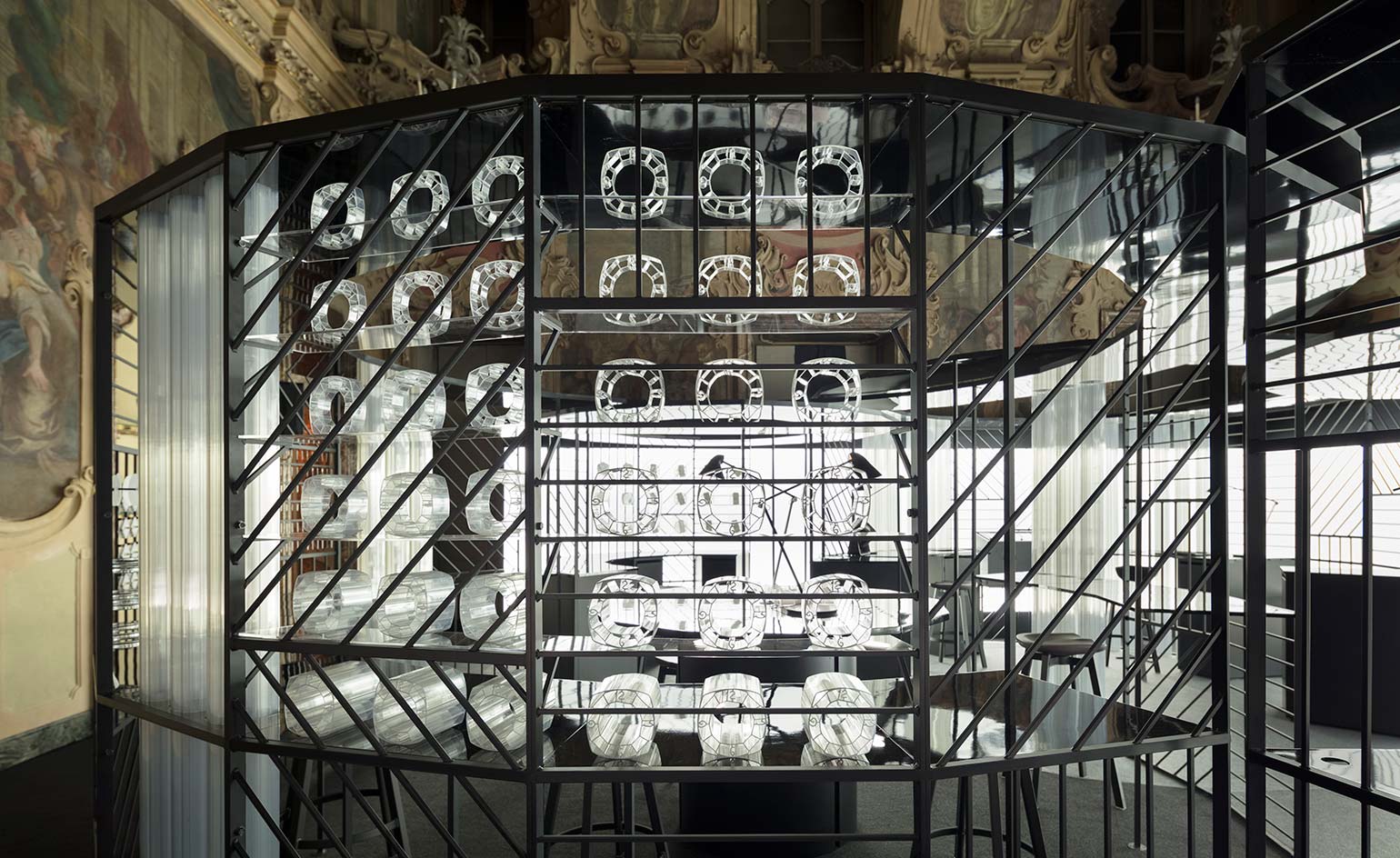
Waiting customers could order a clock, then watch as it was sliced and assembled in the workshop. Photography: Takumi Ota
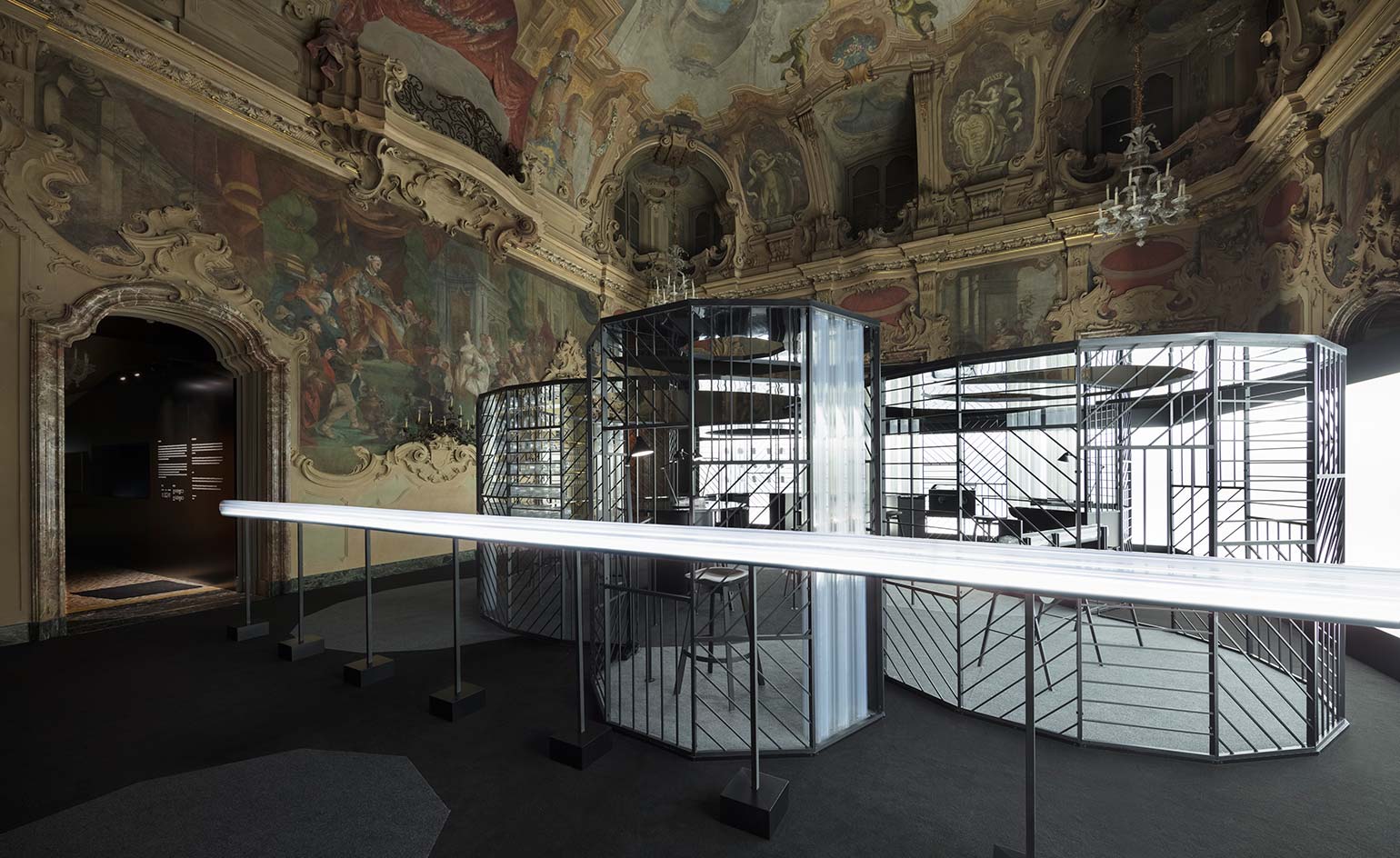
An open framework of interlocking circular spaces, the workshop was designed to to resemble the mechanism of a clock. Photography: Takumi Ota

Nendo’s concept sketch of the clock workshop
INFORMATION
For more information, visit the Nendo website and the Panerai website
Receive our daily digest of inspiration, escapism and design stories from around the world direct to your inbox.
Ali Morris is a UK-based editor, writer and creative consultant specialising in design, interiors and architecture. In her 16 years as a design writer, Ali has travelled the world, crafting articles about creative projects, products, places and people for titles such as Dezeen, Wallpaper* and Kinfolk.
-
 The new Tudor Ranger watches master perfectly executed simplicity
The new Tudor Ranger watches master perfectly executed simplicityThe Tudor Ranger watches look back to the 1960s for a clean and legible design
-
 This late-night hangout brings back 1970s glam to LA’s Sunset Boulevard
This late-night hangout brings back 1970s glam to LA’s Sunset BoulevardGalerie On Sunset is primed for strong drinks, shared plates, live music, and long nights
-
 How Memphis developed from an informal gathering of restless creatives into one of design's most influential movements
How Memphis developed from an informal gathering of restless creatives into one of design's most influential movementsEverything you want to know about Memphis Design, from its history to its leading figures to the pieces to know (and buy)
-
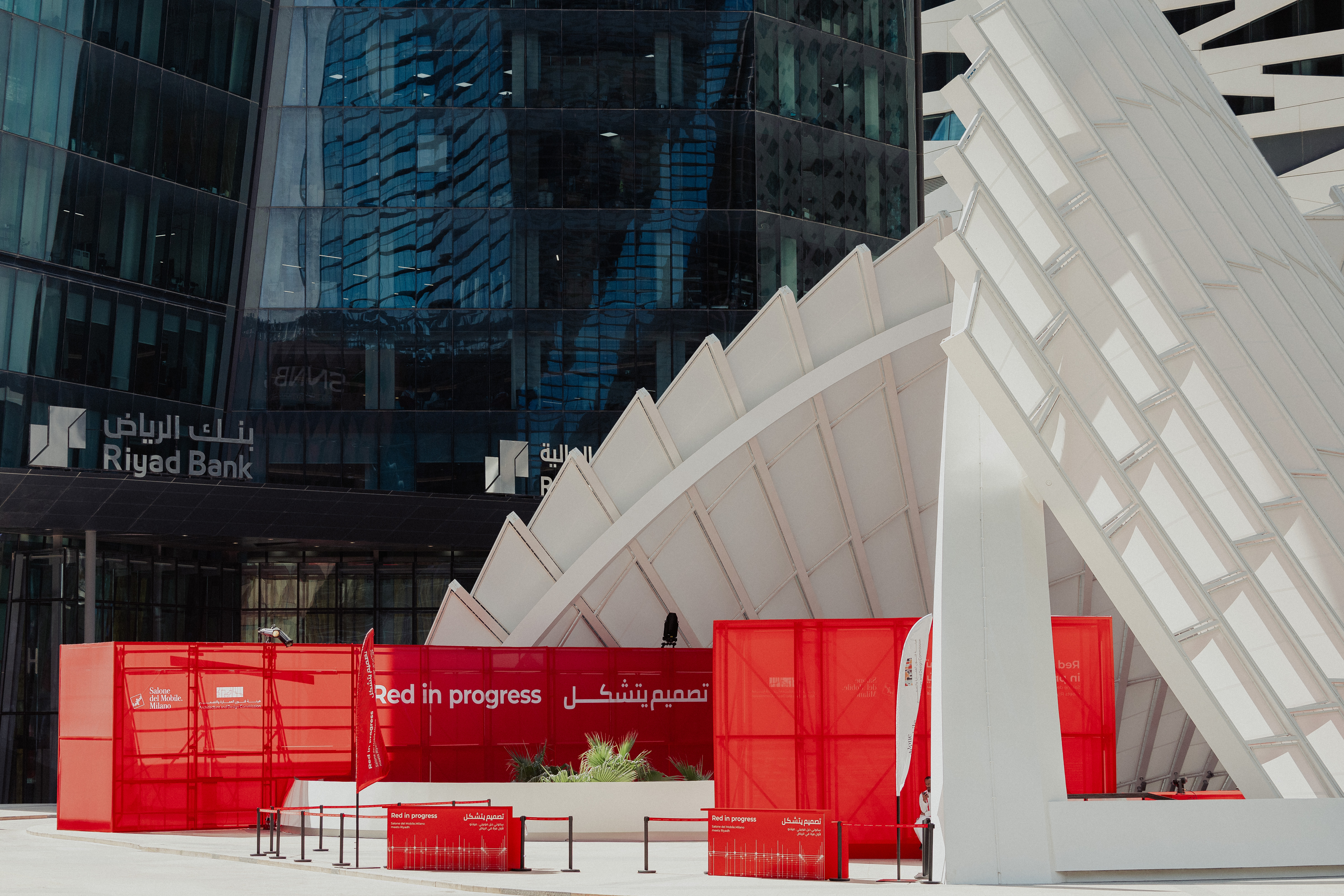 ‘Locally anchored and globally conversant’: Salone del Mobile debuts in Saudi Arabia
‘Locally anchored and globally conversant’: Salone del Mobile debuts in Saudi ArabiaSalone del Mobile lands in Riyadh (26-28 November 2025), bringing its creative and manufacturing know-how to one of the world’s fastest-growing markets and setting the stage for Italo-Saudi design relations
-
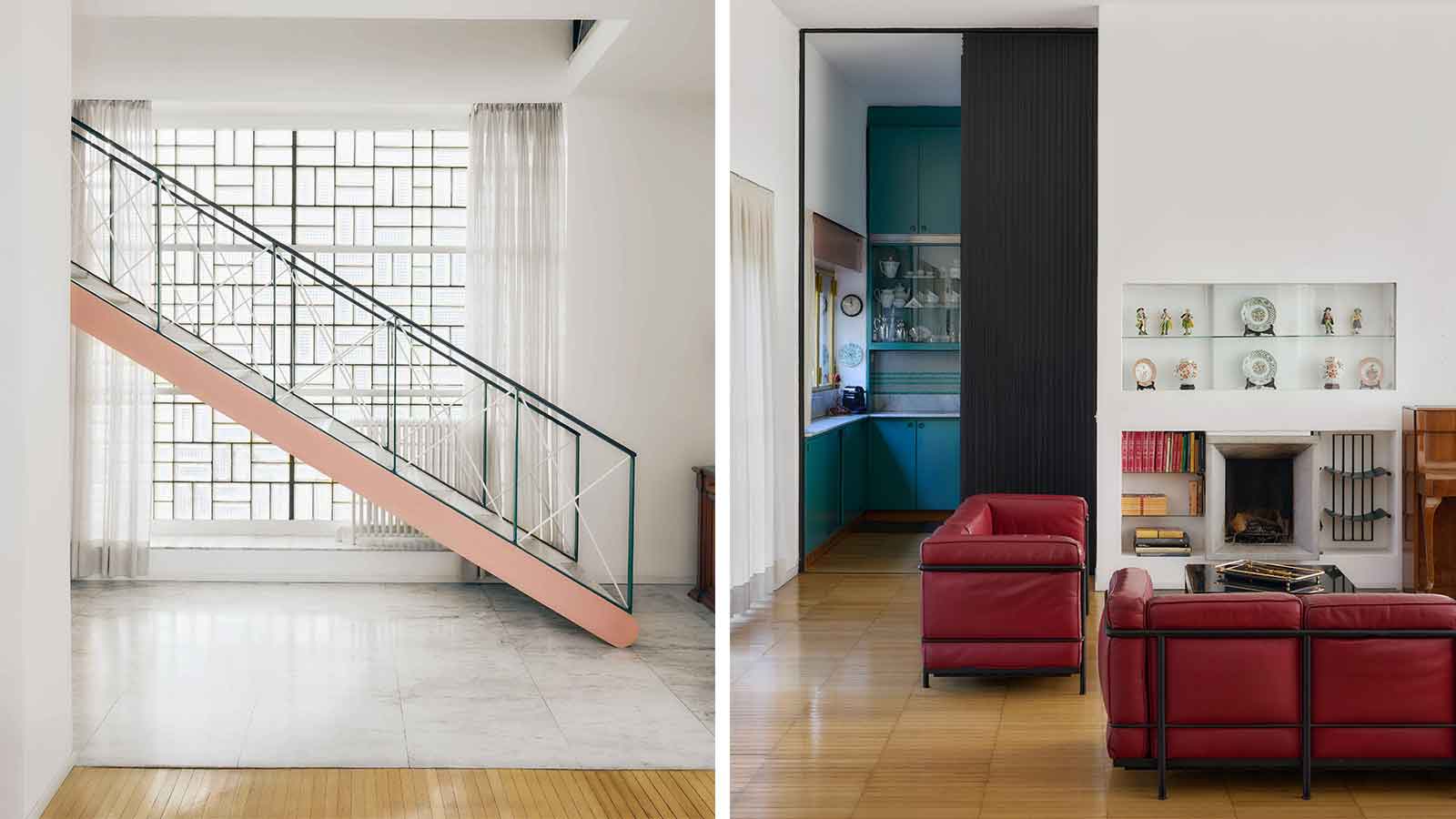 Alcova 2026 locations include a Rationalist gem and an abandoned church
Alcova 2026 locations include a Rationalist gem and an abandoned churchAlcova returns for an 11th edition in 2026 (20-26 April), once again opening up two exclusive Milanese locations, the Baggio Military Hospital and Franco Albini's Villa Pestarini
-
 Salone del Mobile 2026 will embrace collectible design with Salone Raritas
Salone del Mobile 2026 will embrace collectible design with Salone RaritasSalone del Mobile has Salone Raritas, a new exhibition space at the fair (21-26 April 2026), curated by Annalisa Rosso and designed by Formafantasma
-
 O Milano! Design's epic annual spectacle in photos
O Milano! Design's epic annual spectacle in photosCall us biased, but we believe that Milan Design Week is, at this moment in time, the greatest show on earth
-
 ‘Romantic brutalism’ rethinks Polish craft
‘Romantic brutalism’ rethinks Polish craftAn exhibition in Warsaw gives local makers their due, looking inside the burgeoning world of Polish design
-
 Eight designers to know from Rossana Orlandi Gallery’s Milan Design Week 2025 exhibition
Eight designers to know from Rossana Orlandi Gallery’s Milan Design Week 2025 exhibitionWallpaper’s highlights from the mega-exhibition at Rossana Orlandi Gallery include some of the most compelling names in design today
-
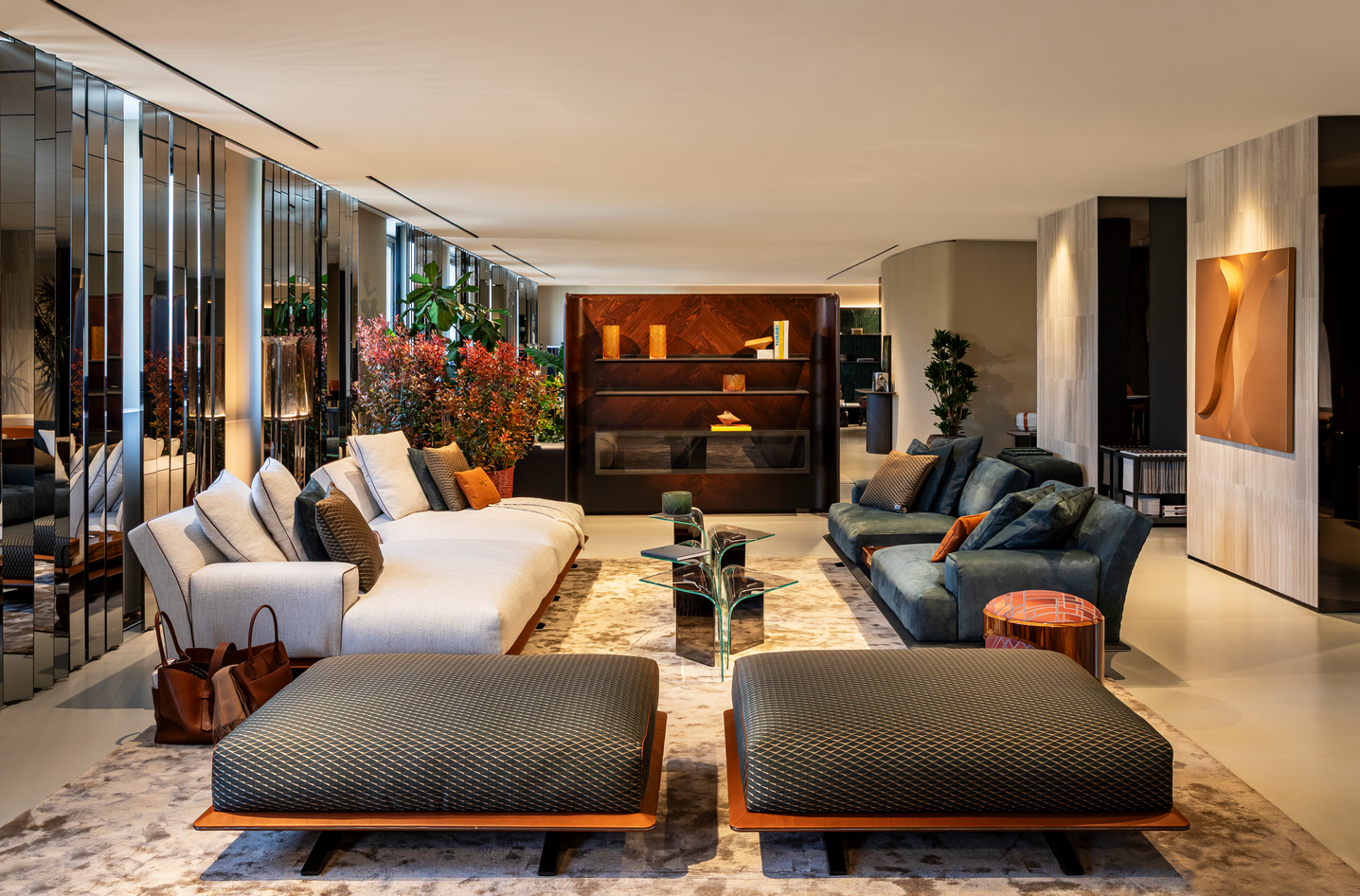 Bentley’s new home collections bring the ‘potency’ of its cars to Milan Design Week
Bentley’s new home collections bring the ‘potency’ of its cars to Milan Design WeekNew furniture, accessories and picnic pieces from Bentley Home take cues from the bold lines and smooth curves of Bentley Motors
-
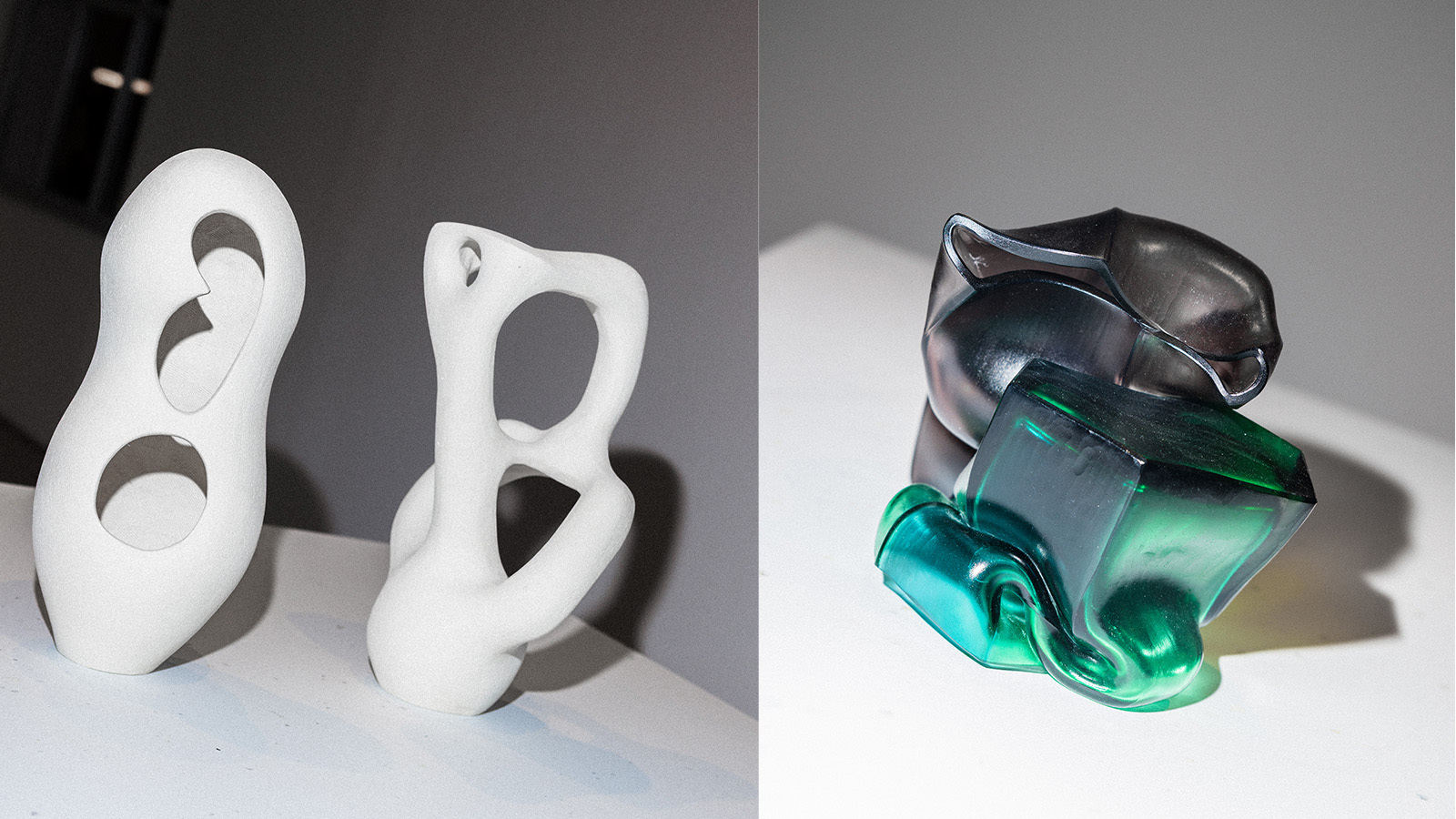 StoneX partners with Wallpaper* for material alchemy at Milan Design Week and beyond
StoneX partners with Wallpaper* for material alchemy at Milan Design Week and beyondThe natural stone purveyor teams up with Wallpaper* for a three-year partnership of material adventures, starting with an exhibition at Triennale di Milano